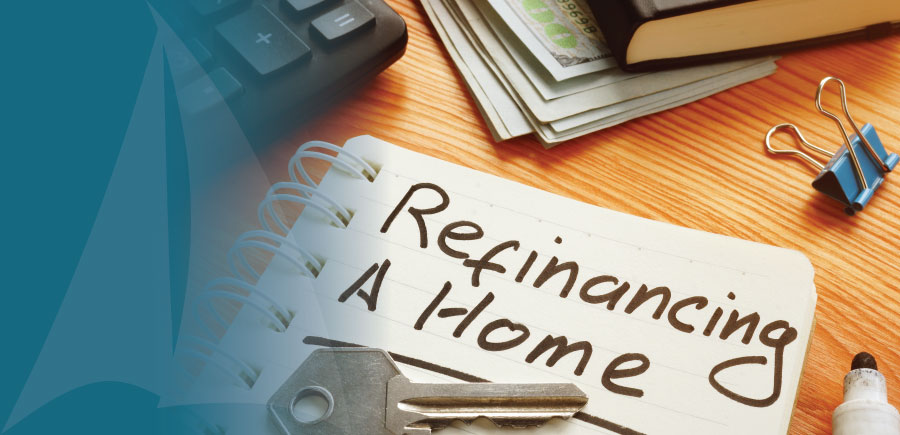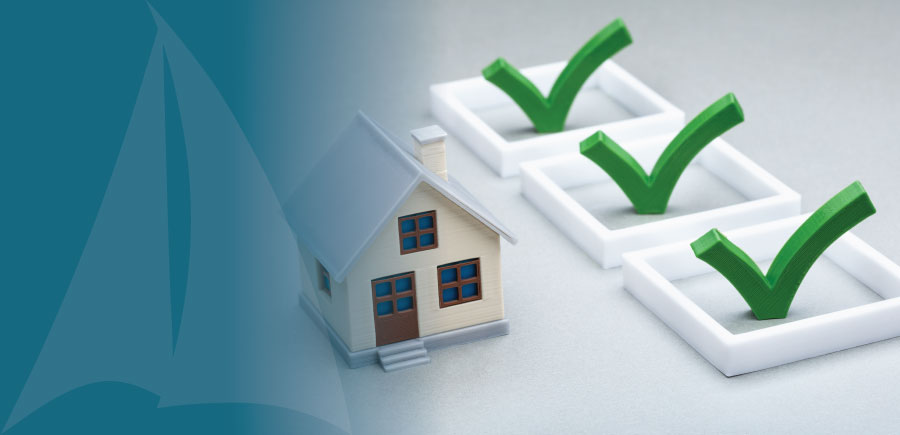not featured
2024-10-07
Mortgage Loans
published
4 Minutes
Refinancing a home is a common financial strategy that homeowners use for various reasons. While it can offer several advantages, it's essential to understand the potential risks involved.
Let’s explore the main reasons people choose to refinance their homes and take a deeper look into the benefits and risks associated with refinancing.
Reasons People Refinance Their Home
1. Lower Interest Rates
One of the most common reasons homeowners refinance is to take advantage of lower interest rates. Refinancing to secure a lower interest rate involves replacing your existing mortgage with a new one at a lower rate.
If market rates have dropped since you first took out your mortgage, refinancing can reduce your monthly payments and save you money over the life of the loan.
Example: Suppose you initially took out a mortgage with a 5% interest rate and current rates have fallen to 3.5%. Refinancing your $300,000 mortgage at the lower rate could save you hundreds of dollars each month and more over the loan's duration.
2. Shorten the Loan Term
Homeowners might refinance to shorten their loan term, allowing them to pay off their mortgage sooner. Refinancing to shorten the loan term means changing the duration of your mortgage from a longer term (e.g., 30 years) to a shorter term (e.g., 15 years).
While this typically increases monthly payments, the overall interest paid over the life of the loan is significantly reduced.
Example: If you have a 30-year mortgage at 4% interest on a $300,000 loan, switching to a 15-year mortgage at 3.5% interest will increase your monthly payments but could save significant dollars in interest.
3. Convert to a Fixed-Rate Mortgage
Homeowners with adjustable-rate mortgages might refinance to switch to a fixed-rate mortgage. Refinancing to convert an adjustable-rate mortgage (ARM) to a fixed-rate mortgage involves changing your loan type to secure a constant interest rate.
An ARM has an interest rate that can change periodically, based on an index that reflects the cost to the lender of borrowing on the credit markets. Refinancing to a fixed-rate mortgage provides stability with predictable monthly payments, protecting homeowners from future interest rate increases.
Example: If you have an ARM that started at 3% but could increase after five years, refinancing to a fixed-rate mortgage at 3.75% provides stability and avoids potential future increases.
4. Access Home Equity
Through a cash-out refinance, homeowners can tap into the equity in their home to obtain a lump sum of cash.
Accessing home equity through a cash-out refinance involves taking out a new mortgage for more than you owe on your current mortgage and receiving the difference in cash. This can be used for significant expenses such as home renovations, education costs, or paying off high-interest debt.
Example: If your home is worth $400,000 and you owe $200,000 on your mortgage, you might refinance for $300,000 and receive $100,000 in cash to fund a major renovation.
5. Consolidate Debt
Homeowners might refinance to consolidate high-interest debt into a single, lower-interest mortgage payment.
Refinancing to consolidate debt means using the funds from a new mortgage to pay off high-interest debts like credit cards or personal loans. This can simplify finances and potentially lower overall monthly payments.
Example: If you have $50,000 in credit card debt at 18% interest, refinancing your mortgage to pay off this debt at a 4% mortgage rate can save you a significant amount in interest.
6. Remove Private Mortgage Insurance (PMI)
Homeowners who originally put down less than 20% and are paying PMI may refinance to eliminate this cost if they now have sufficient equity in their home.
Refinancing to remove PMI involves eliminating the extra insurance cost that homeowners pay when they put down less than 20% on their home. This can reduce monthly payments and save money over time.
Example: If your home's value has increased or you have paid down your mortgage to the point where you have at least 20% equity, refinancing can remove the PMI requirement, saving you money each month.
WANT A BETTER UNDERSTANDING OF MORTGAGE JARGON? CLICK HERE
Benefits of Refinancing
- Lower Monthly Payments: Refinancing at a lower interest rate can reduce your monthly mortgage payments, freeing up cash for other expenses or savings.
- Interest Savings: A lower interest rate or shorter loan term can result in significant interest savings over the life of the loan.
- Financial Flexibility: Accessing home equity through a cash-out refinance can provide funds for important financial goals or emergencies.
- Debt Management: Consolidating high-interest debt into a lower-interest mortgage can simplify payments and reduce overall interest costs.
- Stable Payments: Converting from an ARM to a fixed-rate mortgage ensures stable and predictable monthly payments, reducing financial uncertainty.
Risks of Refinancing
- Closing Costs: Refinancing comes with closing costs, including application fees, appraisal fees, and other expenses. These costs can add up and may offset the savings from a lower interest rate.
- Longer Loan Term: Extending your loan term can result in paying more interest over time, even if your monthly payments are lower.
- Reduced Home Equity: Cash-out refinancing reduces the equity in your home, which can impact your financial flexibility and the ability to leverage your home for future needs.
- Qualification Requirements: Refinancing requires meeting lender qualifications, including credit score, income, and debt-to-income ratio. Not all homeowners may qualify for favorable terms.
- Market Fluctuations: If you refinance to an ARM or cash-out refinance, future market fluctuations could impact your interest rates and monthly payments.
Refinancing a home can be a strategic move to achieve various financial goals, from lowering monthly payments to accessing home equity or managing debt. However, it's crucial to weigh the benefits against the potential risks and costs involved.
By understanding your financial situation and consulting with mortgage professionals, you can make an informed decision that aligns with your long-term financial plans.
Refinancing can be a powerful tool, but it's essential to approach it with careful consideration and a clear understanding of the potential outcomes.
If you’re considering refinancing to access home equity, look into the possibility of taking out a home equity loan first. Then, you can make a more informed decision about which options are best for you and your finances.





